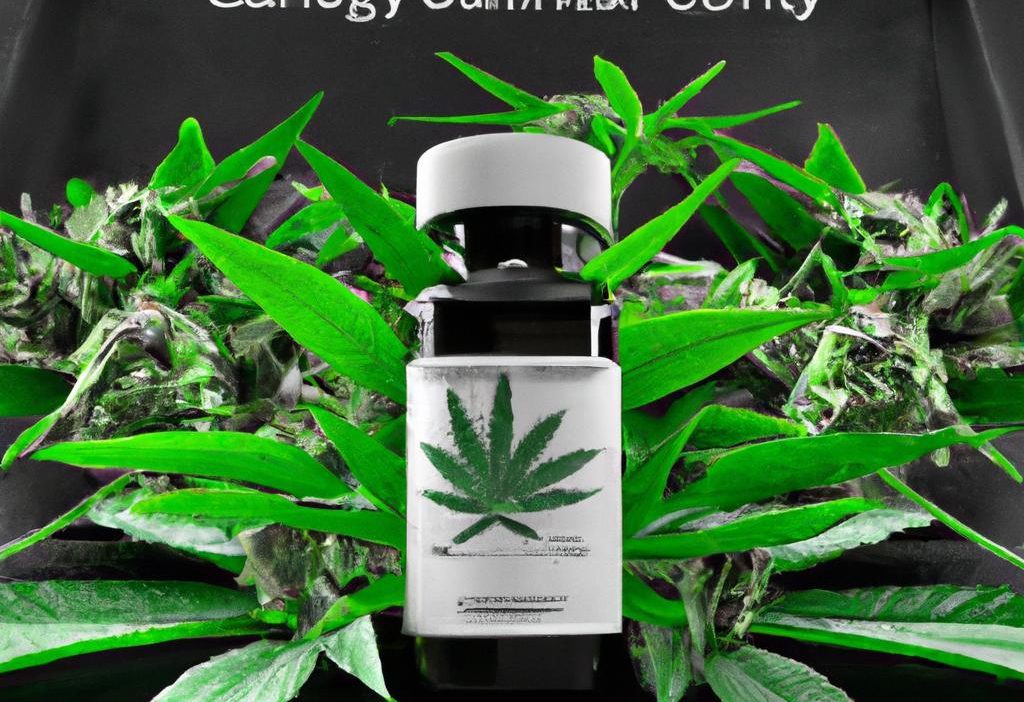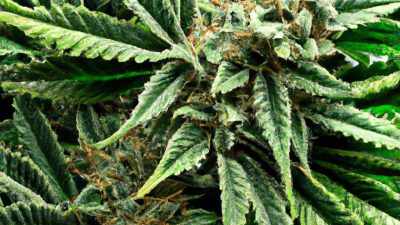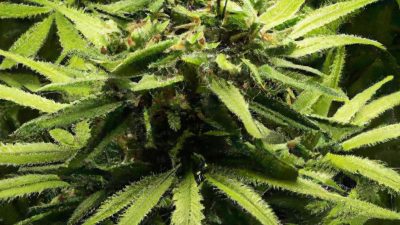
Remediation Units that Preserve Terpenes and Flavor: Elevating Cannabis Post-Processing
The cannabis industry continues to evolve rapidly,driven by advances in cultivation,extraction,and post-processing technologies. One of the most exciting innovations in cannabis science is the development of remediation units that preserve terpenes and flavor. These specialized pieces of cannabis processing equipment address a critical challenge: how to eliminate contaminants and impurities without sacrificing the aroma, taste, and overall quality of cannabis products.
Understanding the Importance of Terpenes and Flavor in Cannabis
Terpenes are the naturally occurring aromatic compounds found in cannabis and many other plants. They are responsible for the unique scents and flavors of various cannabis strains, contributing to the sensory experience and therapeutic effects. Flavor and aroma are meaningful factors for consumers when selecting cannabis products,alongside potency and purity.
However, post-processing methods like solvent extraction, remediation, and purification can sometimes degrade or strip away these delicate terpenes, leading to a less appealing product. Thus, maintaining terpene profiles during remediation is crucial for delivering high-quality cannabis concentrates, oils, and extracts.
What Are cannabis remediation Units?
remediation units are advanced cannabis processing equipment designed to remove unwanted contaminants such as pesticides,residual solvents,heavy metals,and microbial impurities from cannabis extracts. These units are often utilized post-extraction, before final packaging and sale.
The remediation process ensures products meet safety standards and regulatory compliance without compromising the product’s overall quality. This becomes especially significant in industries operating under strict testing protocols.
Common Types of Remediation Technologies
- Chromatography Systems: Utilize adsorption media to separate contaminants from cannabinoids and terpenes.
- Distillation Units: refine cannabinoids via heat and vacuum but can risk terpene loss.
- Membrane Filtration: Filter out impurities physically, often retaining more flavor.
- carbon Remediation: Activated carbon filters absorb impurities but may strip aroma.
How Remediation Units Preserve Terpenes and Flavor
Modern remediation units incorporate techniques that specifically focus on preserving the complex terpene profile and flavor integrity of cannabis during processing. Hear’s how they do it:
- Low-temperature processing: Many units operate at carefully controlled temperatures to prevent terpene volatilization and degradation, as terpenes are sensitive to heat.
- Selective adsorption materials: Advanced chromatography media can target impurities without binding the smaller, delicate terpene molecules.
- shorter processing times: Faster remediation cycles limit exposure to oxygen and heat, reducing terpene oxidation.
- Non-polar solvents or solventless methods: Utilization of safer solvents or purely mechanical techniques helps retain flavor.
- Integrated terpene reclamation: Some remediation units capture and reincorporate terpenes during or after extraction,restoring aroma profiles.
Table: Comparison of Remediation Methods and Terpene Preservation
| Remediation Method | Terpene Preservation | Flavor Impact | Typical Use Case |
|---|---|---|---|
| chromatography | High (with advanced media) | Minimal loss | Premium extracts, isolate purification |
| Distillation | Medium to Low | Can reduce complexity | THC/CBD isolate prep |
| Membrane Filtration | High | Flavor intact | Solventless remediation |
| Carbon Remediation | Low | May dull flavor | Heavy contaminant removal |
Benefits of Terpene-Preserving Remediation Units
Using remediation units that protect terpenes and flavor offers a range of critically important advantages for cannabis producers and consumers alike:
- Enhanced consumer experience: Maintains the rich aroma and taste profiles desired by connoisseurs.
- Improved therapeutic effects: Terpenes contribute to the entourage effect, potentially enhancing medicinal benefits.
- Compliance and safety: Removes harmful contaminants while respecting product integrity.
- Brand differentiation: Enables producers to market premium, full-spectrum extracts with authentic flavor.
- Increased product shelf life: gentle remediation preserves compounds that naturally protect against degradation.
Practical Tips for Optimizing Terpene and Flavor Preservation in Remediation
For cannabis processors looking to maximize terpene and flavor retention during remediation, consider the following best practices:
- Choose remediation units with adjustable temperature controls to avoid overheating.
- Use chromatography or membrane filters where possible,as they tend to be gentler on delicate compounds.
- Integrate terpene reclamation steps within your workflow to capture and recycle lost terpenes.
- minimize exposure to oxygen and light throughout processing and storage.
- regularly test terpene profiles post-processing to monitor preservation effectiveness.
Case Study: Success Story with Terpene-Preserving Remediation
Green Extracts Inc., a leading cannabis processor, recently implemented a chromatography-based remediation unit optimized for terpene retention. After switching from traditional distillation-heavy remediation, they experienced:
- A 40% increase in terpene retention rates
- Positive consumer feedback citing richer flavors and aromas
- improved product differentiation leading to revenue growth
- Compliance pass rates with reduced product batch rejections
This case highlights how investing in advanced remediation technology can directly impact product quality and business success.
Conclusion
As the cannabis industry matures, the demand for clean, potent, and flavor-rich products grows.Remediation units that preserve terpenes and flavor play a pivotal role in meeting consumer expectations and regulatory requirements. By carefully selecting and operating advanced remediation equipment, cannabis producers can successfully remove contaminants while safeguarding the unique sensory and therapeutic qualities that make cannabis special.
Optimizing terpene preservation during post-processing is not just a technical challenge-it’s a competitive advantage that enhances product value, consumer satisfaction, and brand loyalty. Whether you are a small craft producer or a large-scale processor, investing in terpene-friendly remediation technology is an essential step toward delivering the highest quality cannabis products on the market.





